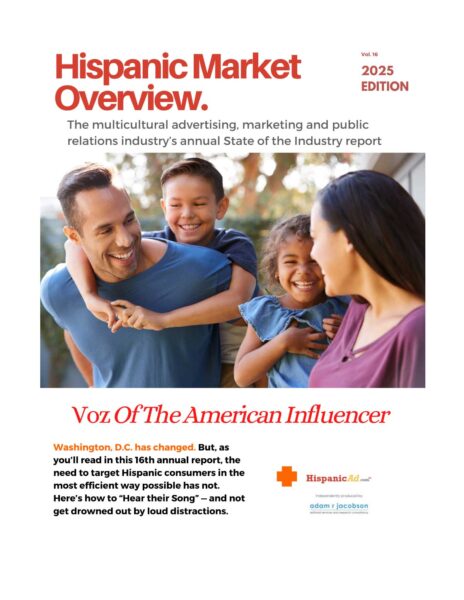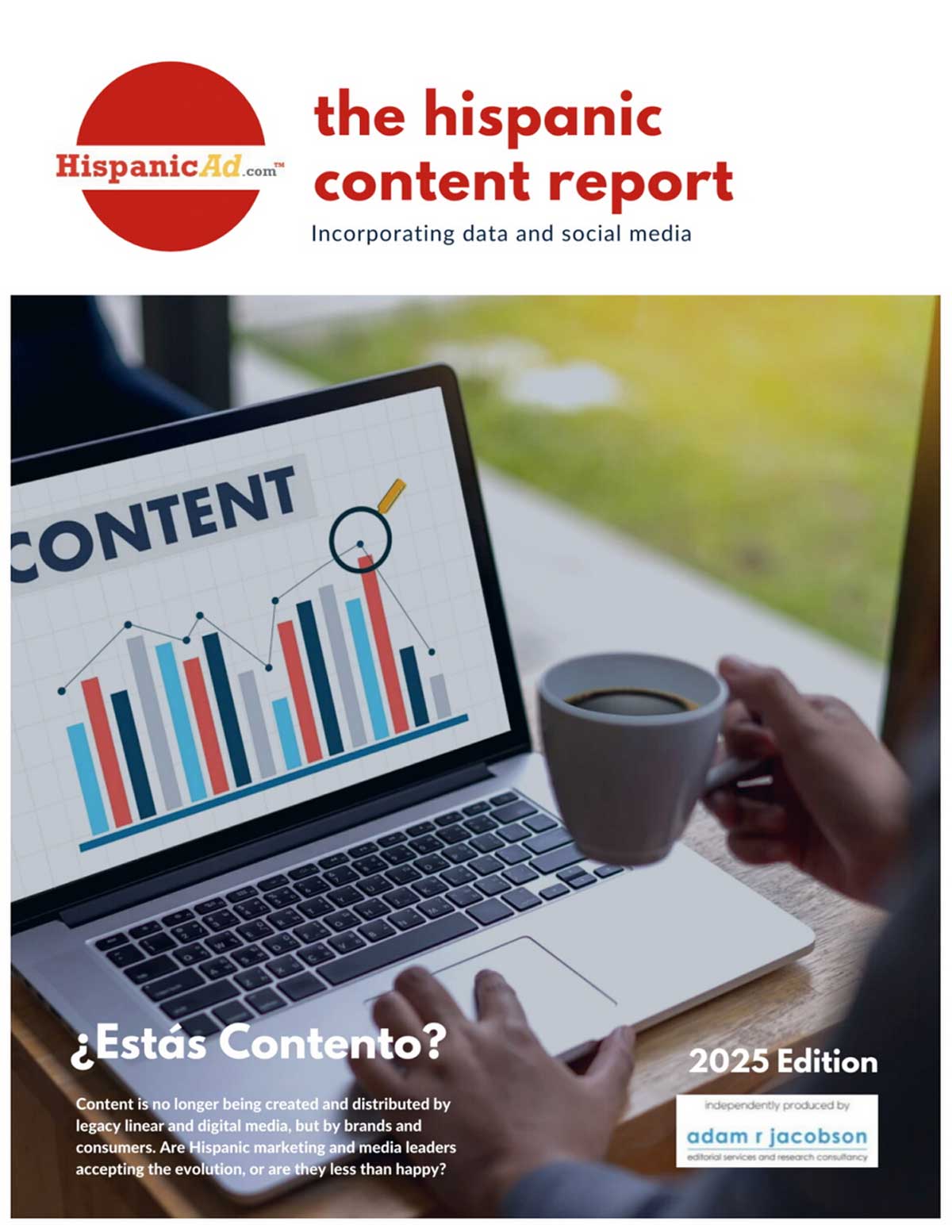Why First-Party Data Is Critical for Personalization (and Why Syndicated Data Alone Won’t Cut It Anymore)
April 1, 2025
 By Monique De La Rosa – Translating complex data into actionable, experience-led solutions — architecting Personalized Interactions with Storytelling … where Data Talks & Strategy Speaks
By Monique De La Rosa – Translating complex data into actionable, experience-led solutions — architecting Personalized Interactions with Storytelling … where Data Talks & Strategy Speaks
In the age of hyper-connected customers and rising expectations, personalization is no longer a nice-to-have—it’s a baseline requirement. Brands are expected to understand who their customers are, anticipate their needs, and deliver the right message at the right time, through the right channel. And to do that, the kind of data you use matters—a lot.
Many companies still rely heavily on syndicated data to build segmentation models and guide marketing strategy. Syndicated data, after all, offers broad, market-wide insights and a scalable foundation. But when it comes to delivering the kind of personalized experiences today’s customers demand, syndicated data alone falls short. That’s where first-party data steps in—and why it’s become indispensable to any serious personalization effort.
What’s the Difference Between Syndicated and First-Party Data?
Let’s define the terms first.
Syndicated data is collected and sold by third-party vendors like Nielsen or Kantar. It’s aggregated, anonymized, and typically reflects broader market trends, demographics, and behaviors.
First-party data is collected directly from your customers through your own platforms—website visits, purchase history, app interactions, surveys, or email engagement. It’s personal, specific, and often real-time.
While syndicated data can help paint a picture of the market landscape, it lacks the precision and immediacy required to drive one-to-one experiences. First-party data, on the other hand, tells you exactly what your customers are doing—and that’s the difference between guessing and knowing.
Why Syndicated Data Isn’t Enough
Syndicated data absolutely has value—it helps with benchmarking, understanding broad consumer trends, and identifying high-level segments. It’s especially useful for companies with limited access to their end customers, such as CPG brands selling through third-party retailers.
But here’s the problem: syndicated data is often generalized, outdated, and disconnected from individual behaviors. It’s great for strategy and planning but weak for execution in today’s personalization-driven environment. Let’s break it down.
1. Lack of Relevance
Syndicated data isn’t specific to your customers. It’s based on panels, surveys, and models that reflect average consumer behavior—not individual preferences. So when you try to use that data for personalization, you end up with generic segments that don’t resonate.
2. Slow to Update
It’s not real-time. Syndicated data often comes with a delay—days, weeks, sometimes months. In a world where 71% of consumers expect personalized interactions in real time, using lagging data means you’re already too late.
3. Limited Actionability
Because it’s anonymized, syndicated data can’t be directly tied to user-level activation. You can’t send someone a personalized email based on third-party behavior you can’t attribute. It can inform your personas, but it can’t drive a dynamic website experience or a triggered message.
First-Party Data: The Personalization Engine
Now contrast that with first-party data.
This is the data you own, collected with consent, and tied directly to real interactions with your brand. It tells you what your actual customers browse, buy, abandon, click, ignore, and search for. It updates in real time, is specific to your ecosystem, and is incredibly powerful for segmentation and personalization.
Key Advantages:
- High Relevance: First-party data reflects actual behavior—not assumptions. This makes it far more accurate for understanding intent and preferences.
- Real-Time Signals: You can act on behaviors as they happen. Someone adds an item to their cart? You can send a follow-up. Opens an email about running shoes? Show them running gear next time they visit.
- 1:1 Personalization: With the right infrastructure (like a CDP or personalization engine), you can tailor messages and offers at the individual level—not just by segment.
- Privacy-First: First-party data is collected with user consent. This makes compliance with regulations like GDPR and CCPA more straightforward and builds trust.
In short, first-party data allows you to create experiences that feel personal, not generic.
What Customers Really Expect
The push toward personalization isn’t just a trend—it’s driven by real consumer expectations. Here’s what people want:
- Relevance without creepiness: Don’t be invasive, but do be helpful.
- Consistency across channels: Don’t show ads for something I already bought.
- Real-time interaction: Respond to me when it matters—not three days later.
- Value exchange: If I share my data, give me better deals, faster service, or smarter suggestions.
- Control: Let me decide what I share and what I don’t.
First-party data is what enables all of that. Syndicated data simply can’t deliver on these expectations by itself.
Combining Syndicated + First-Party Data: The Ideal State
This doesn’t mean you should throw out syndicated data entirely. The best personalization strategies integrate both:
Use syndicated data to understand market trends, competitive benchmarks, and potential white-space opportunities.
Use first-party data to personalize at the user level, create dynamic messaging, and build loyalty.
Together, they give you a 360° view: who your customers are (from first-party data), and who they could be (from syndicated insights). For example, a CPG brand might use syndicated data to identify rising demand for plant-based products and use first-party data to promote relevant items to customers showing interest in healthy lifestyles.
The trick is in the integration. That’s where data clean rooms, CDPs, and strong governance come into play. Combining these data sources requires alignment on identity resolution, consent management, and analytics models—but the payoff is significant.
Final Thoughts: Data Is the Fuel, But First-Party Is the Engine
In a world moving toward AI-driven, real-time, privacy-conscious personalization, relying on syndicated data alone is like trying to win a Formula 1 race with a reliable but outdated engine. It’ll get you moving, but it won’t win the race.
First-party data is what powers the experiences customers now expect—relevant, timely, and respectful. Syndicated data can enhance those efforts by adding context and scale, but without first-party signals, personalization will always feel a step behind.
To meet rising expectations and build trust, brands need to invest in strategies, tools, and teams that turn first-party data into real customer value. Syndicated data can help shape your strategy—but first-party data is what brings it to life.


























